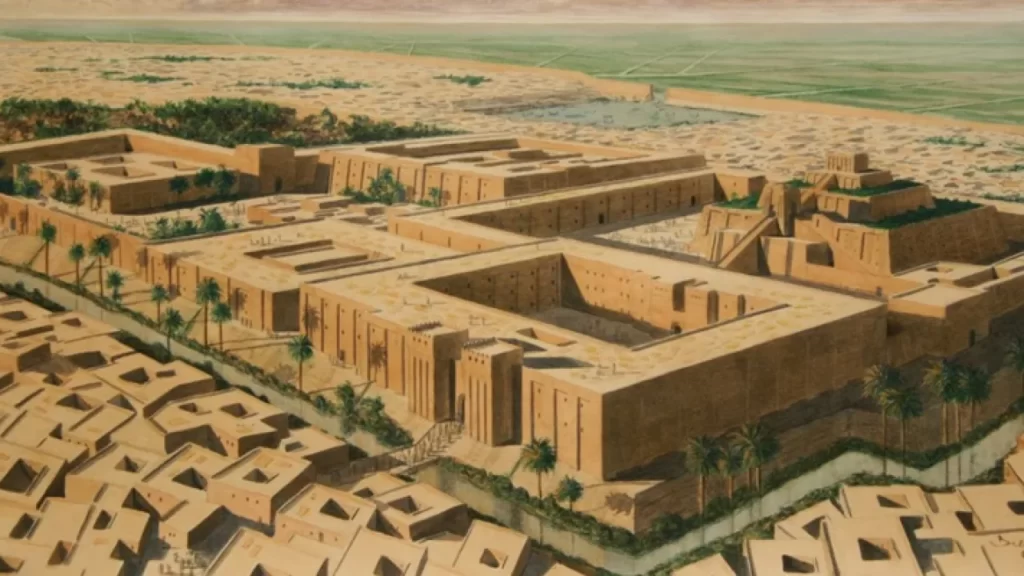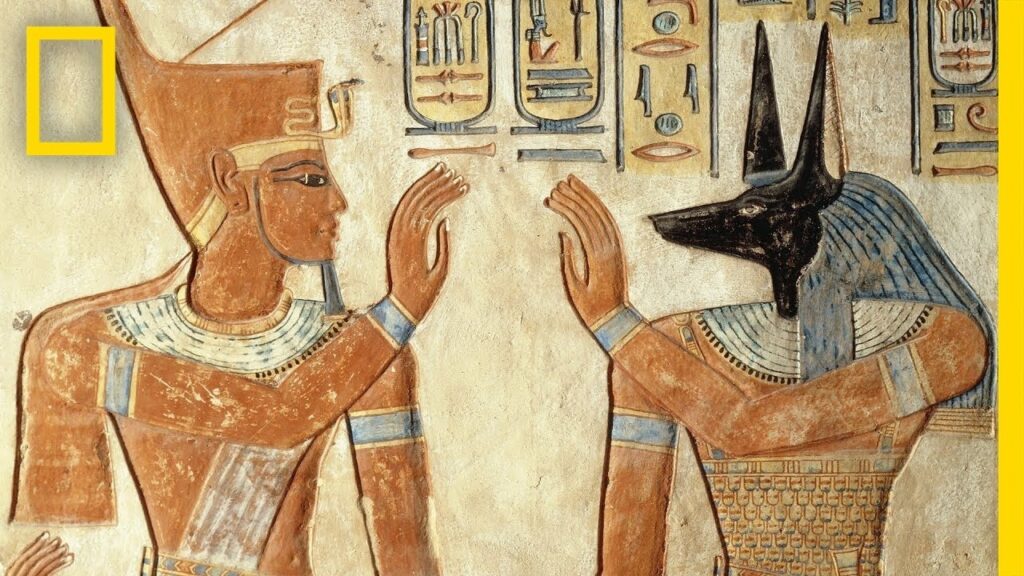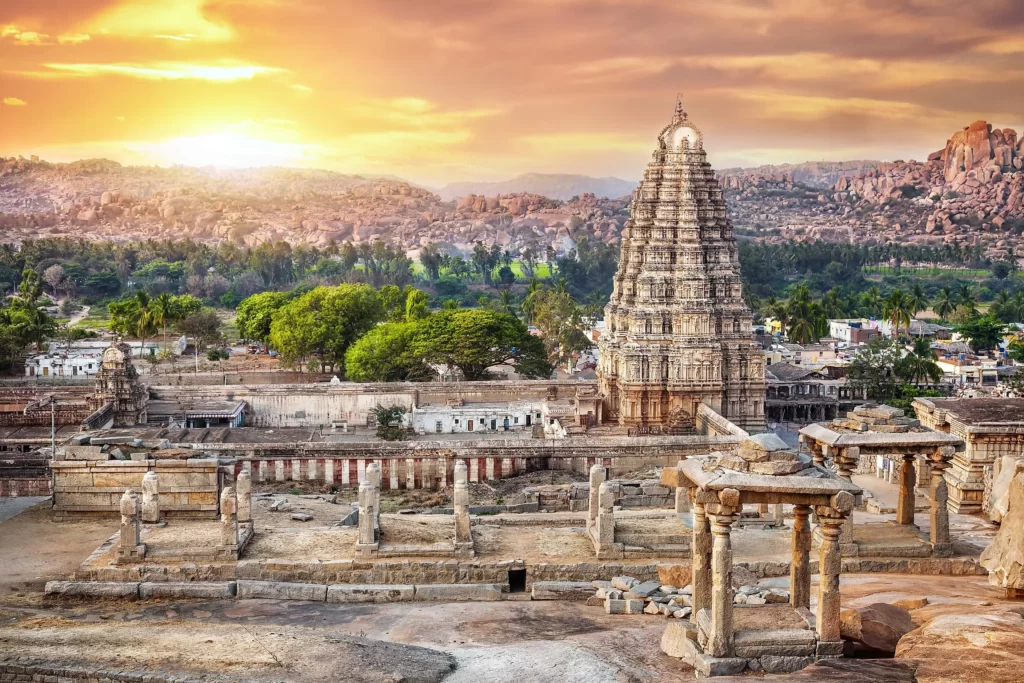While modern civilizations stretch to every continent except Antarctica, most researchers situate the oldest cradles of civilization. (Where civilizations initially emerged). Between 4000 and 3000 B.C. in modern-day Iraq, Egypt, India, China, Peru, and Mexico.
Beginning with Mesopotamia, these ancient complex societies developed cultural and technological achievements, some of which are still in use today.
“A great many details of modern life, not just in the Middle East and the West but all over the world, have origins that date back thousands of years to the ancient cultures in their respective regions,”
Amanda Podany, author and emeritus professor of history at California State Polytechnic University, agrees.
Here’s a look at three of the world’s earliest civilizations and the legacy they left behind.
1. Mesopotamia, 4000-3500 B.C.
Mesopotamia (modern-day Iraq, Kuwait, and Syria), which means “between two rivers” in Greek, is regarded as the origin of civilization. Despite near-constant fighting, the civilization that built up between the Tigris and Euphrates rivers is known for significant advances in literacy, astronomy, agriculture, law, astronomy, mathematics, architecture, and other fields. Mesopotamia also had the world’s first cities, such as Babylon, Ashur, and Akkad.

“Mesopotamia is the world’s earliest urban literate civilization—and the Sumerians, who built the civilization, laid the ground rules,” says Kenneth Harl, author, consultant, and Tulane University professor emeritus of history. “Those who can research and write govern the civilization, while everyone else does the grunt job.”
The cuneiform writing system, which was used to create the Code of Hammurabi, is one of the most well-known Mesopotamian innovations. They also invented the base 60 numbering system. (Which gave rise to the 60-second minute, the 60-minute hour, and the 360-degree circle). And it was Babylonian astronomy that originally divided the year into 12 periods named after constellations, which evolved into the zodiac.
In 539 B.C., Persia invaded Mesopotamia. Centuries of turmoil followed.
"Within the three millennia that ancient Mesopotamia flourished, many individual kingdoms came and went, and a few empires rose and fell for diverse causes," says Podany, author of Weavers, Scribes, and Kings: A New History of the Ancient Near East, which is due out in September. "But, at its core, the society remained recognizable from roughly 3500 BCE to as late as 323 BCE—and, many would argue, beyond that." The territory was rarely unified, but the culture was quite stable.”
2. Ancient Egypt, 3100 B.C.
For more than 3,000 years, ancient Egypt was one of history’s most formidable empires. Yet it is perhaps the most romanticized of former civilizations. Set beside the lush Nile River, the civilization is best known for its pyramids, tombs, and mausoleums. As well as the practice of mummification to prepare bodies for the afterlife.

According to Harl, author of the upcoming book Empires of the Steppes: How Steppe Nomads Forged the Modern World. Egypt’s utilization of labor to complete architectural undertakings such as the pyramids was unparalleled. “The capacity to erect the big pyramid in 2600 B.C. with 100,000 men is simply unparalleled,” he claims.
He says that the Egyptians were also exceptionally competent in agriculture and medicine. They also established magnificent sculpture and painting techniques.
The Egyptians also left behind enormous writing and mathematics systems. The cubit, a unit of length roughly the length of a forearm, was crucial in the design of the pyramids and other monuments. During this period, they invented the 24-hour day and the 356-day calendar. They also devised the hieroglyphic pictorial writing system, which was followed by the hieroglyphic ink on papyrus paper method. The civilization came to an end when Alexander the Great invaded it in 332 B.C.
3. Ancient India, 3300 B.C.
Religion was very important in ancient India, where Hinduism was born. According to Harl, along with rich literary traditions and beautiful architecture. The Upanishads, or sacred Hindu books, contain concepts such as reincarnation and a caste structure based on birthright, both of which have persisted to the present day.

Unlike other ancient civilizations, the Indus River Valley Civilization (modern-day India, Afghanistan, and Pakistan) does not appear to have been plagued by conflict. Historians and archaeologists, on the other hand, testify to sophisticated, structured city design that included uniform baked-brick dwellings, a grid structure, and drainage, sewage, and water supply systems.

